Meine erste Wanderung im Hawai’i Volcanoes Nationalpark führte mich bei meinem Besuch im März in eine historisch bedeutende Gegend – das Ka’u Desert. Hier kreuzten sich wichtige Handelswege, die auch bei militärischen Auseinandersetzungen benutzt wurden. Ende des 18. Jahrhunderts wurde um die Vorherrschaft auf der Insel gekämpft – zwischen König Keoua, der im Süden herrschte, und König Kamehameha, der den Norden der Insel beherrschte. Beide Könige wollten das östliche Königreich Hilo einnehmen. Im Ka’u Desert trafen sie aufeinander. In dieser Zeit brach auch der Kilauea aus und die Asche begrub viele der Krieger.
Mein Ziel waren die sog. Lavabälle. Sie entstehen, wenn in einem Lavastrom große schon kühlere Brocken an der Seite abbrechen, im Lavastrom mit fließen und dabei hin und her bewegt werden. Dabei bleibt immer Lava haften bis schließlich ein ‚Ball‘ entsteht.
English Summary
Lava Balls and Pele’s hair in the Ka’u Desert (Hawai’i Island)
My first hike in Hawai’i Volcanoes National Park during my visit in March took me to a historically significant area – the Ka’u Desert. Important trade routes crossed here, which were also used in military conflicts. At the end of the 18th century, there was a battle for supremacy on the island between King Keoua, who ruled the south, and King Kamehameha, who ruled the north of the island. Both kings wanted to take over the eastern kingdom of Hilo. They clashed in the Ka’u Desert. During this time, Kilauea erupted and the ash buried many of the warriors.
My goal was the so-called lava balls. They are formed when large, cooler chunks break off the side of a lava flow, flow with it and are moved back and forth. Lava always sticks until a ‘ball’ is finally formed.
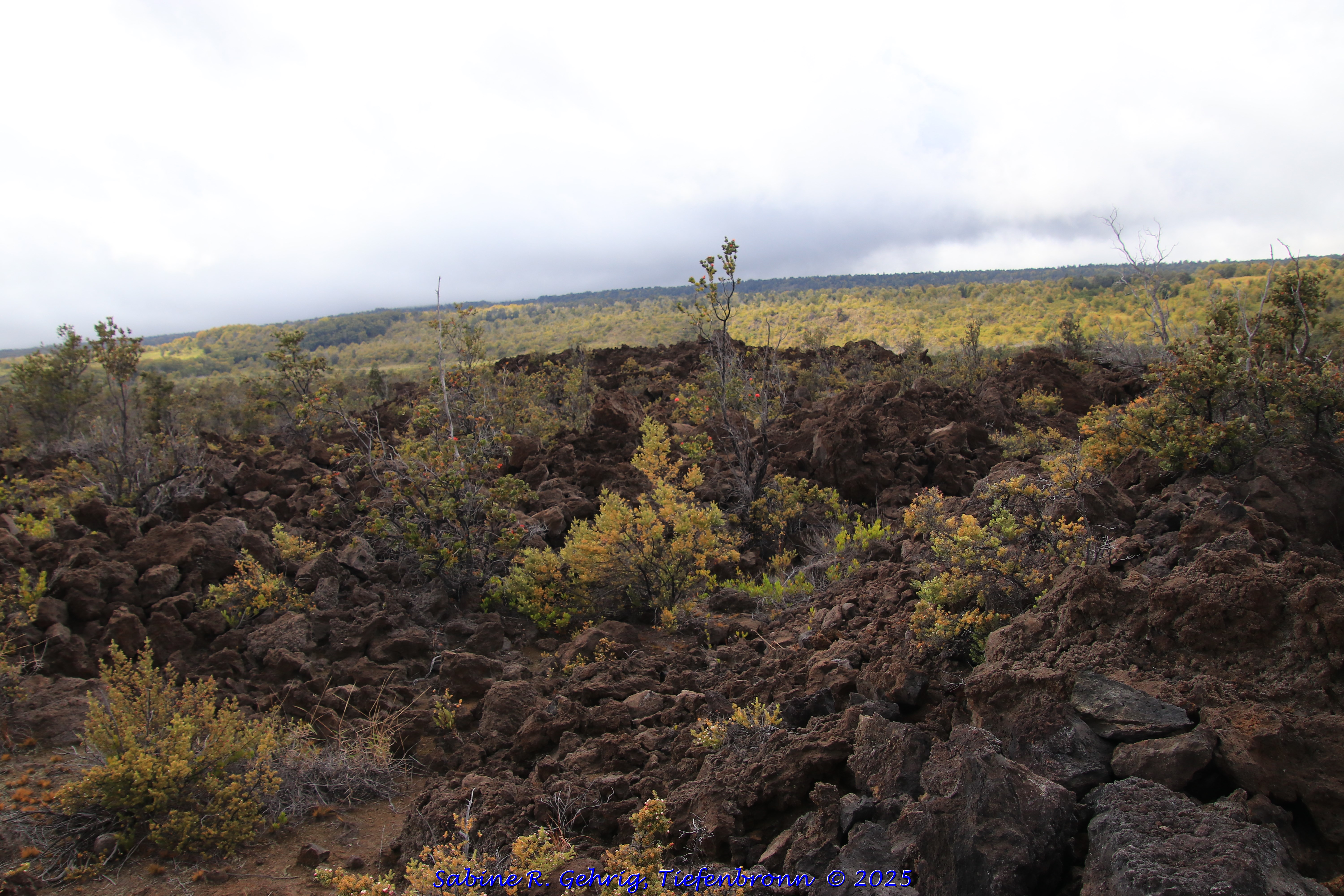
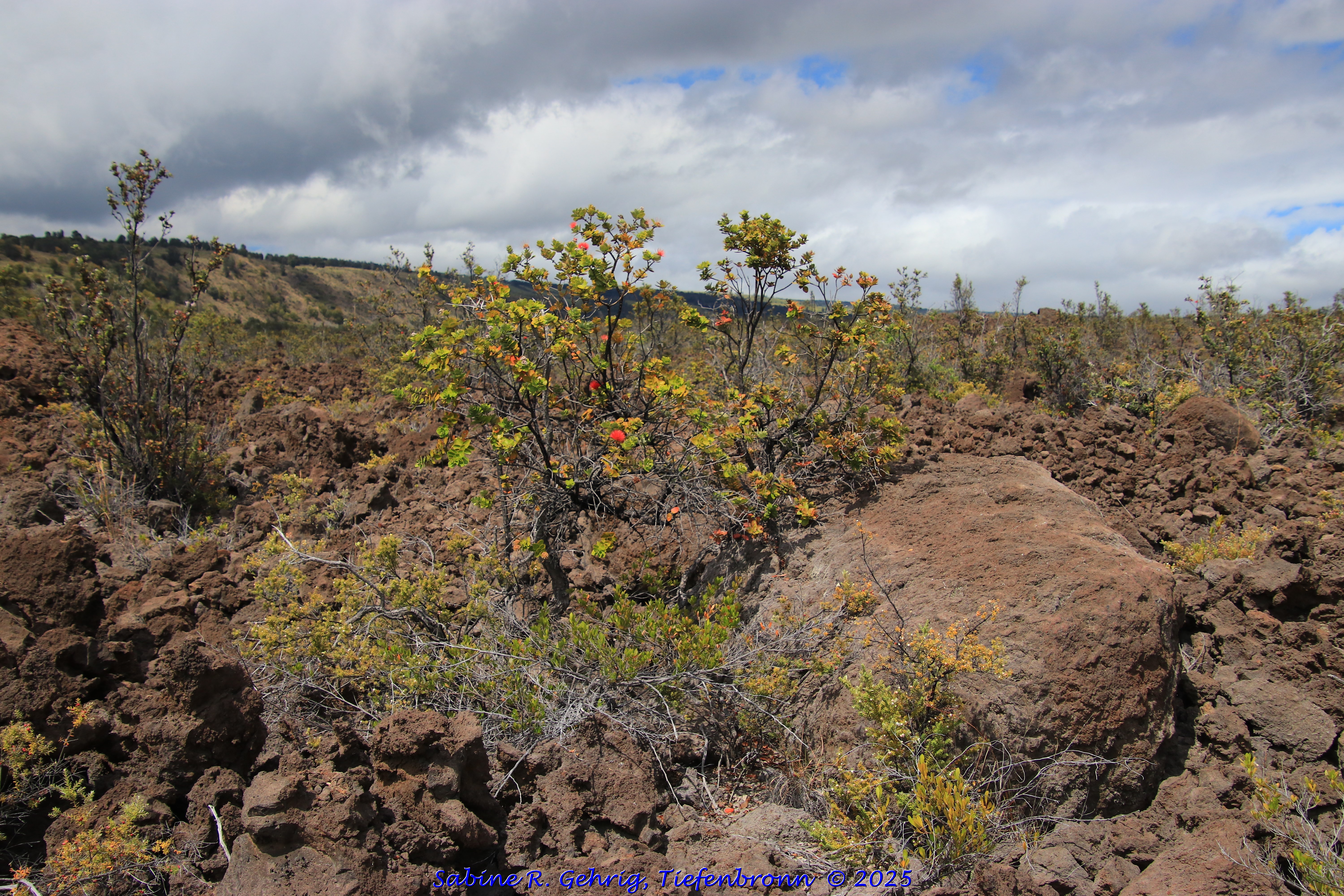
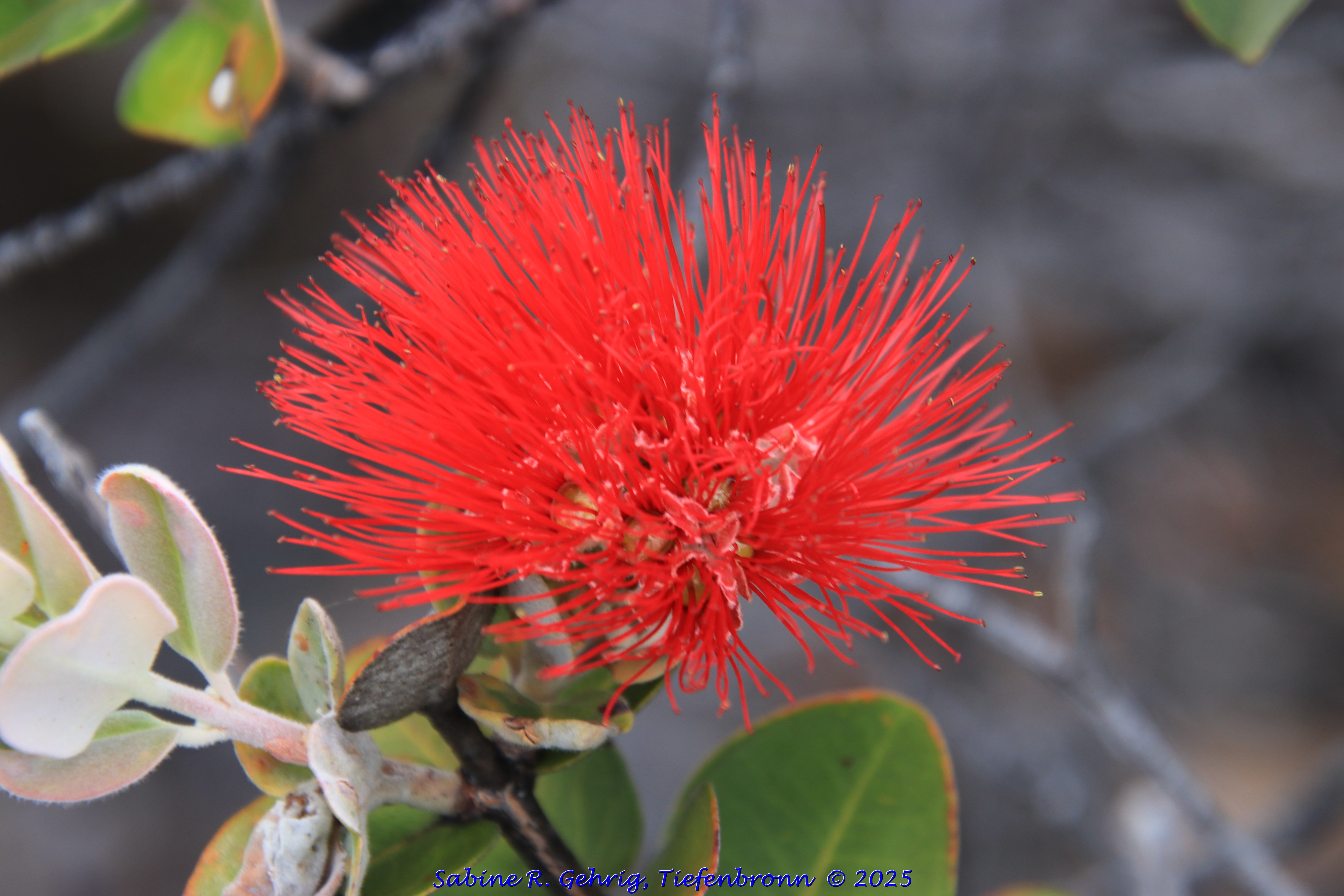
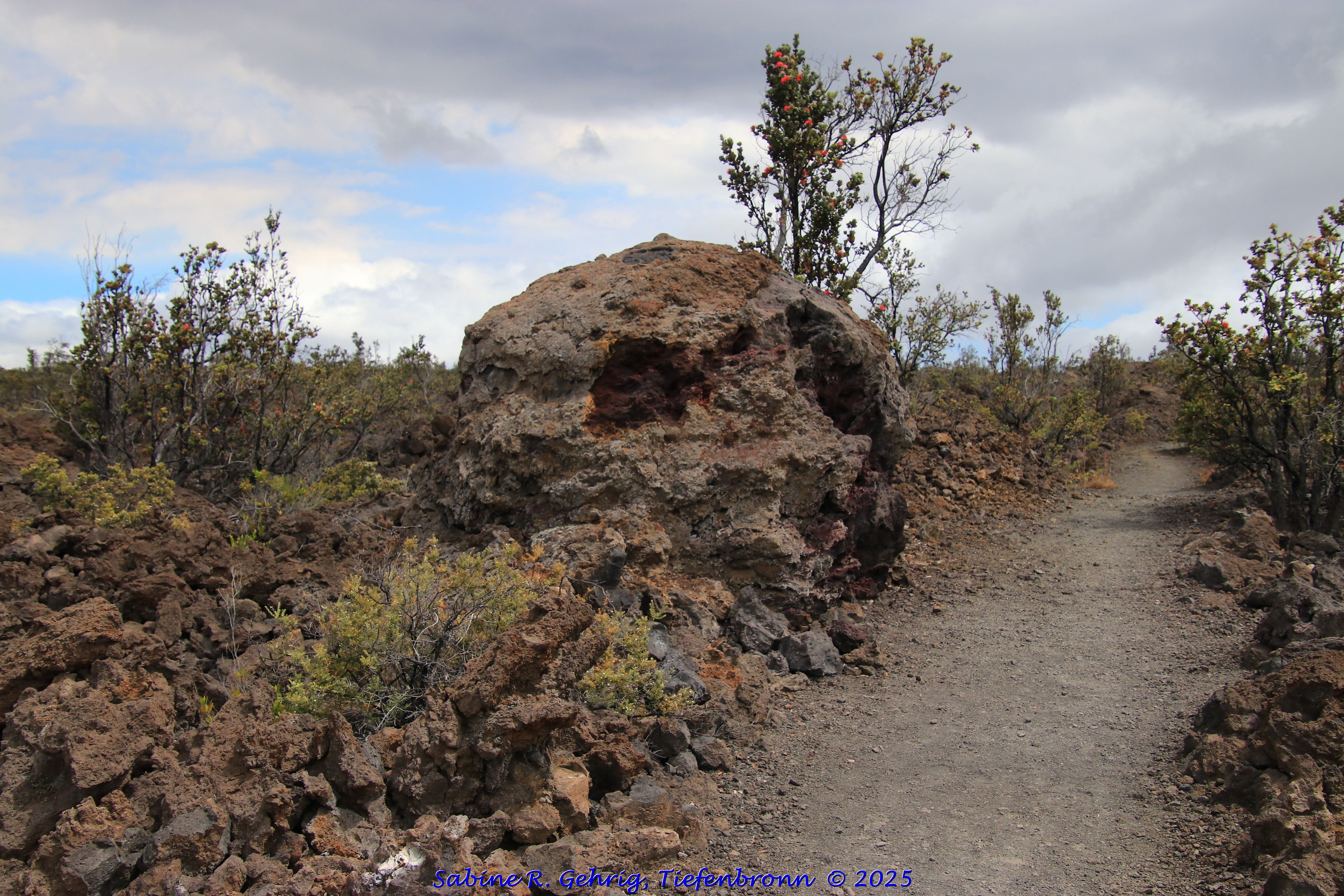
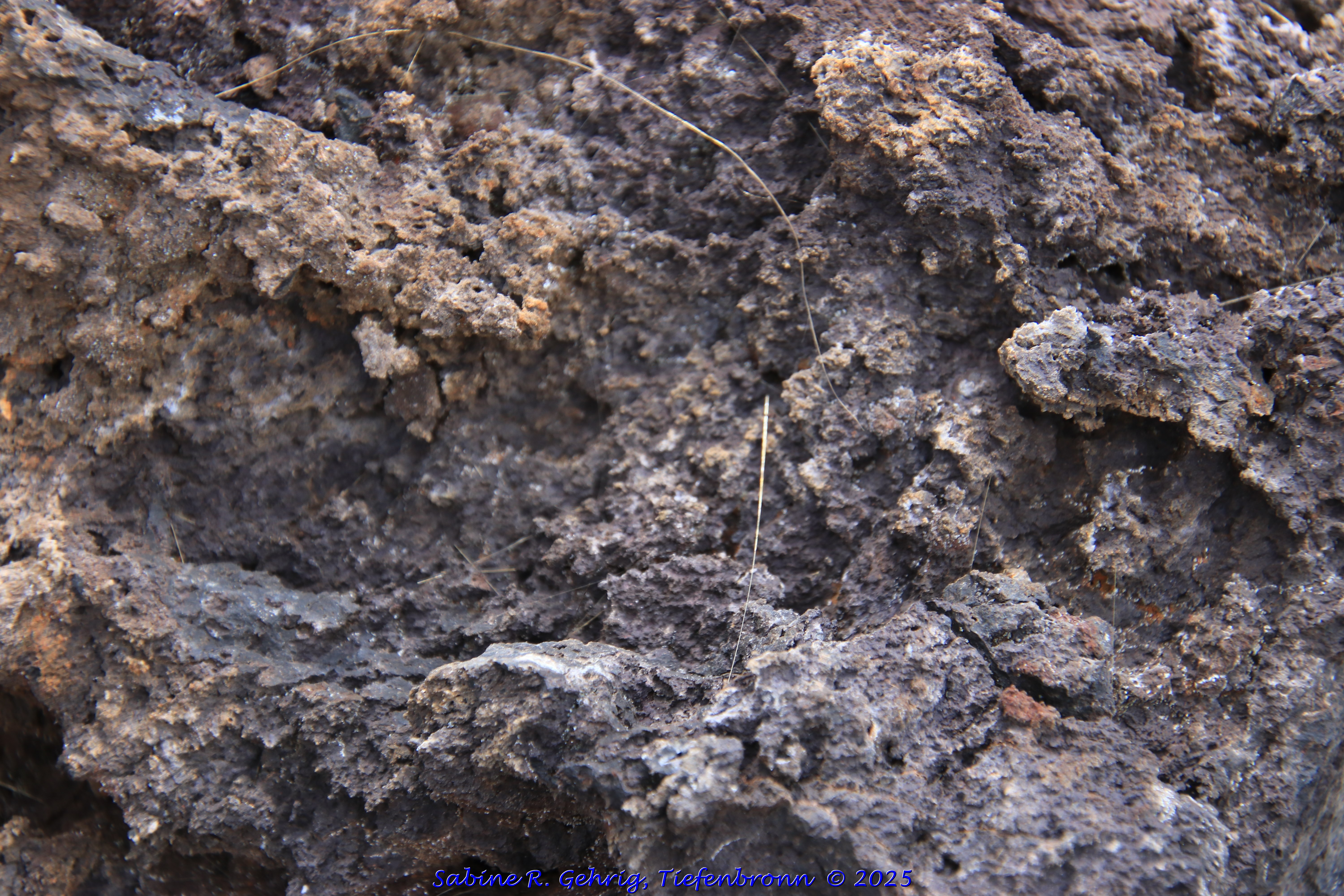
Fascinating indeed! There is life everywhere. Thanks for sharing Sabine. Your watchfulness sees Life and unfoldment even where lava seems to have destroyed the possibility of life.